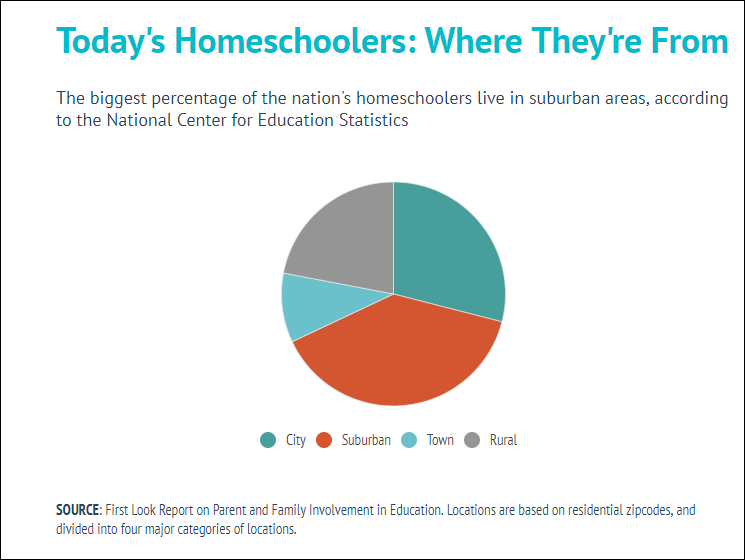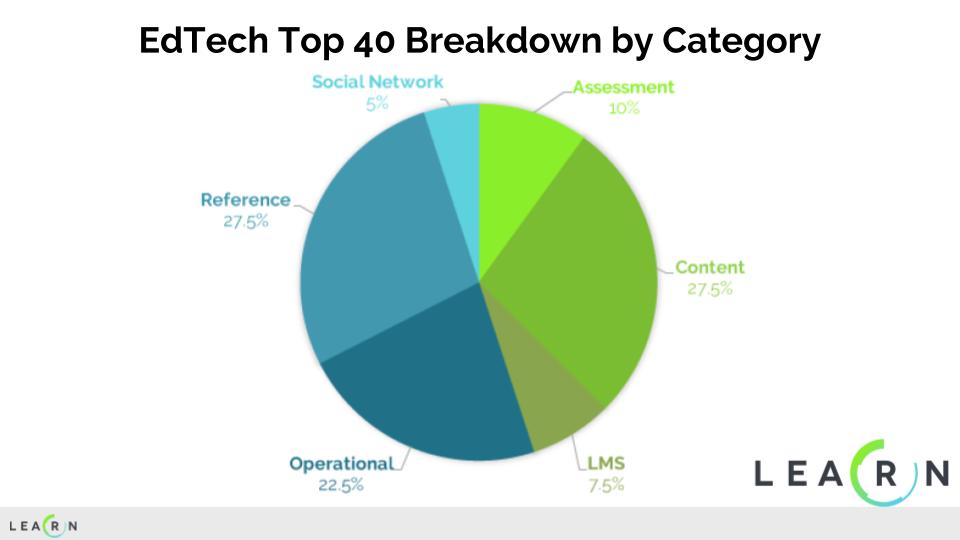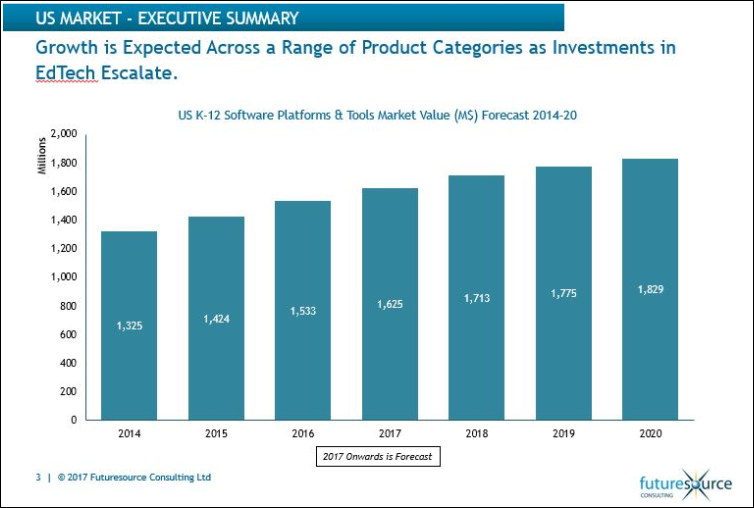The Hottest Topics in 2017: Homeschoolers, ‘Net Neutrality,’ and Fast-Growing Companies
We’re always fascinated to see how our readers react to our latest blog posts, so we asked one of our data gurus to run the numbers on the most-read Marketplace K-12 pieces this year. Here’s how they ranked.
#1 — Data Snapshot: Who Are the Nation’s Homeschoolers? This post offers interactive charts to explain where homeschool students typically live, and why parents choose this option to educate their children. My colleague Sean Cavanagh discovered that nearly 1.69 million students in the U.S. learn at home, and he compared the distribution of homeschooled students in different locales, from rural to urban.

#2 — Pearson Explores Sale of Its K-12 Curriculum Business. Published in May, this piece looked at the London-based global education company’s potential sale of its K-12 curriculum business, which sells K-12 print, digital, and blended curriculum, and includes products such as enVision Math and iLit. It does not include Advanced Placement (AP), career and technical education, or online courses taken in high school, a company spokesman said.
#3 — 40 Most Popular Ed-Tech Tools in K-12 Identified in New Analysis. There’s nothing like a top 40 list to draw reader attention. For this post, we examined research that found that about 50 percent of the time, schools access ed-tech tools for operational purposes (such as using online gradebooks) and for research and data gathering. The #1 ed-tech tool was Google Docs, followed by YouTube and Google Drive.

#4 —Will Reversal of FCC’s ‘Net Neutrality’ Policy Help or Hurt Schools? Market Brief Senior Editor Sean Cavanagh talked to key experts in the field to understand how the elimination of “net neutrality” would likely affect K-12 schools, and he explained the new role the Federal Trade Commission will play in providing oversight of internet service providers’ delivery of content. The FCC recently overturned the December 2015 safeguards that had prevented internet service providers from engaging in “paid prioritization” of content.
#5 — K-12 Ed-Tech Platform and Tools Market Value to Increase to $1.83 Billion by 2020, Report Says. This blog post explored the growth in the U.S. K-12 market, forecasting increasing activity in the software and tools market over the next three years. The research from Futuresource Consulting Ltd. predicts a significant rise in demand for data analytics products and services. (Join us January 11 for a webinar featuring predictive insights from Futuresource.)

#6 — 40 Fast-Growing Private Education Companies Make 2014 Inc. 5000 List. OK, this one has us stumped. It’s four years old, and since then, we’ve published stories about every other “education list” derived from Inc.’s rankings of fastest-growing private companies (that apply, and are vetted) for the distinction. Cases in point: Fastest-Growing Private Education Companies Make Inc. 5000 List (2015); Pre-K-12 Education Companies’ Status Falls on 2016 Inc. 5000 List; and this year, we interviewed many of the Inc. 5000 CEOs whose companies appeared on the list, for the EdWeek Market Brief article, Education Companies on the Inc. 5000 List Give Insider Looks at Fast Growth. What was so magical about 2014? Maybe you can tell us.
#7 — Amazon Joins With Purchasing Group to Give Schools Access to Online Marketplace. This piece by Sean Cavanagh explained how the U.S. Communities cooperative purchasing program arranged a deal that will allow districts around the country to shop for supplies through Amazon Business’ online marketplace, picking and choosing from multiple offers made by different sellers.
#8 — Pearson’s Global Education Index Ranks U.S. 14th in Learning and Skill Attainment. What was it about 2014? That’s the year this story appeared, but it’s still showing strong value to readers, who are accessing it frequently enough that it has taken a spot in our “top 10.”
#9 — McGraw-Hill Education CEO David Levin Resigns. In his three-year tenure, Levin led his company in making major changes in its strategy for selling to schools. Under his direction, the company put an increasing emphasis on digital delivery of products, and on adaptive learning and classroom-focused resources.
#10 — Half of K-12 Students to Have Access to 1-to-1 Computing by 2015-16. This blog post, based on data from Futuresource, was published in 2015 and continues to be among the most frequently accessed items on the blog.
Now that you’ve taken a look at our most popular blog posts, consider jumping over here to see our most popular Market Brief articles of the year, most of which are available only to Market Brief members.
Follow EdWeek Market Brief on Twitter @EdMarketBrief or connect with us on LinkedIn.

For someone like me, for example, I like remote work, work for myself, you can have fun playing Bitcoin online casinos https://onlinecasinos-australia.com/casino-payment/bitcoin-casinos.html especially since in connection with the pandemic now there is not much to go to, this is the best option for work.